There are many issues in Hollywood, problems that tend to run throughout most movies. One of those is the white savior narrative, the idea that white characters often step in as heroes to help people of color. Whether it’s rescuing them in a moment of need or being the ultimate teachers throughout their lives, people have started to become tired of how many movies rely on this trope.
The Blind Side
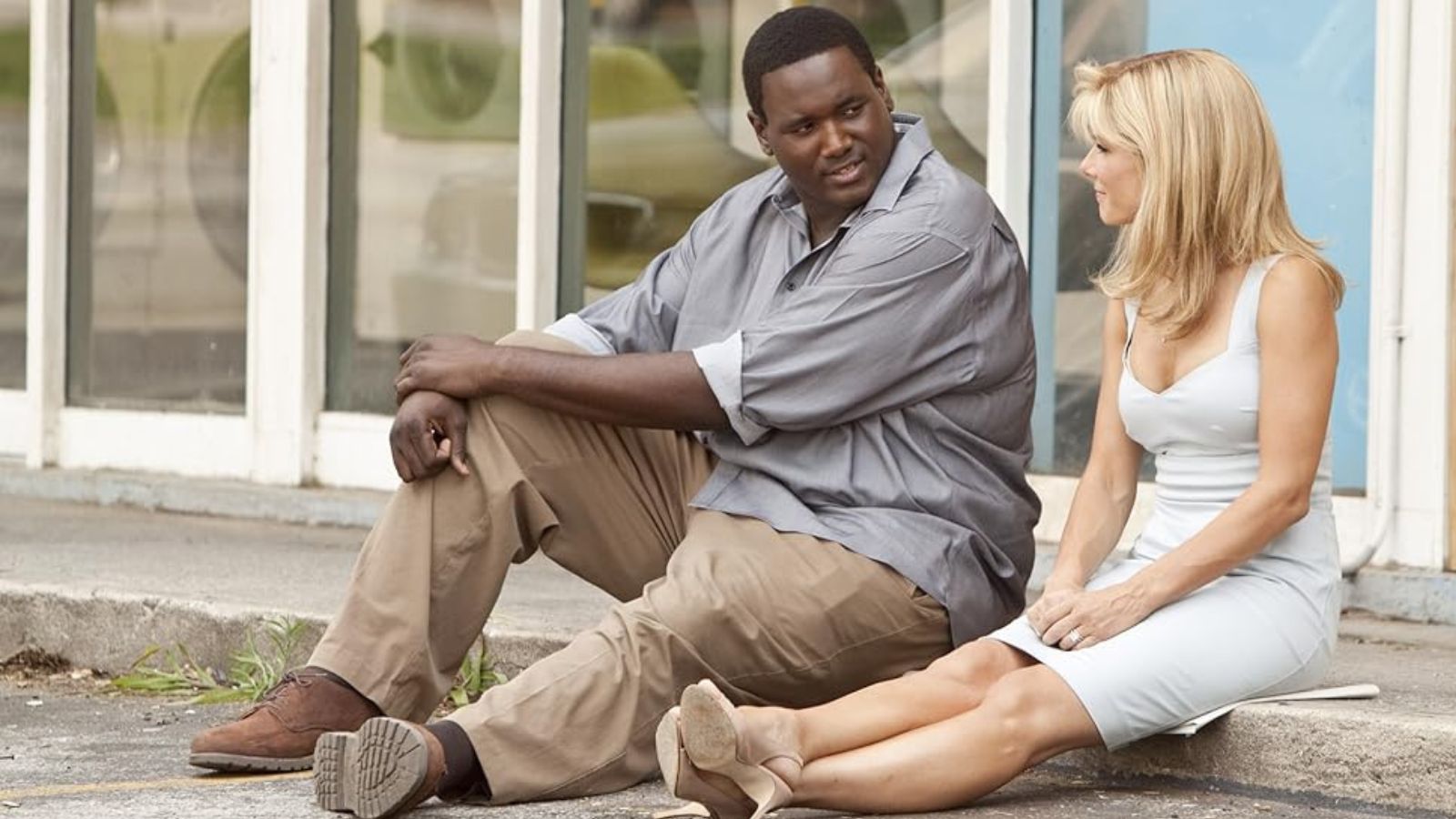
The Blind Side tells the story of Michael Oher, a Black teenager who is taken in by a wealthy white family and eventually becomes an NFL player. The film provides a heartwarming look at the story from the family’s perspective rather than what Oher went through. The fact that he recently filed a lawsuit against the family showcases just how wrong the message was in this one.
The Help

Set during the Civil Rights Movement, The Help focuses on a young white journalist who writes a book from the perspective of Black maids. Some feel that the film plays down the maids’ experiences by focusing on the white protagonist and their growth. It should’ve been more about the struggles and hardships, not trying to make audiences forgive someone else.
Avatar

Avatar might be set in the fantasy world of Pandora, with various creatures and beautiful imagery. While James Cameron tries to push many positive messages throughout this movie, a white savior plot runs through it. Having Juke Sully be the ultimate hero was the wrong message for this one, as it overshadowed everything else that happened beforehand.
Freedom Writers
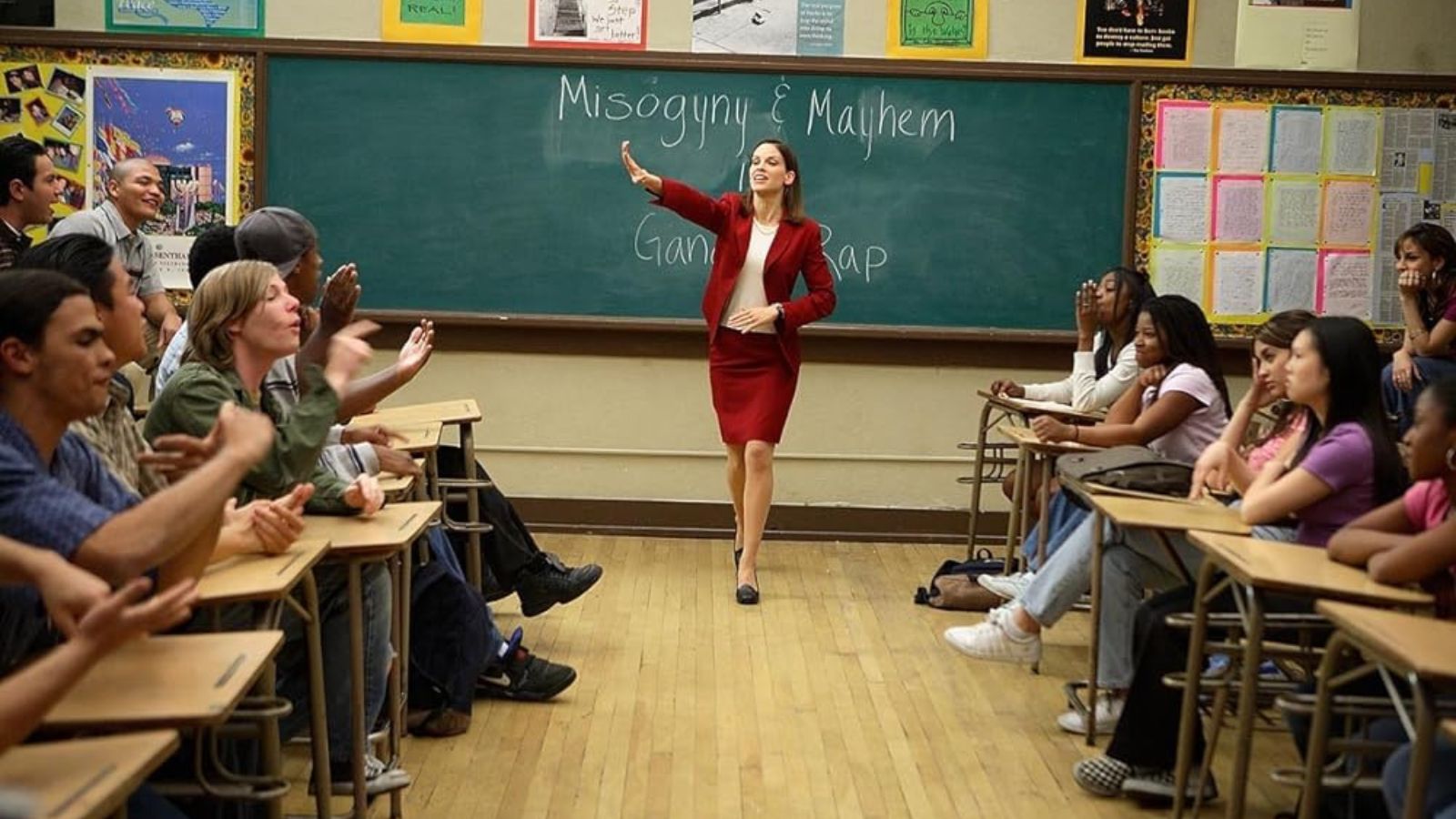
In Freedom Writers, a white teacher inspires a class of underprivileged students, mostly from minority backgrounds. The story is based on actual events, but it’s even more disappointing that the focus wasn’t on the students and their experiences.
Green Book
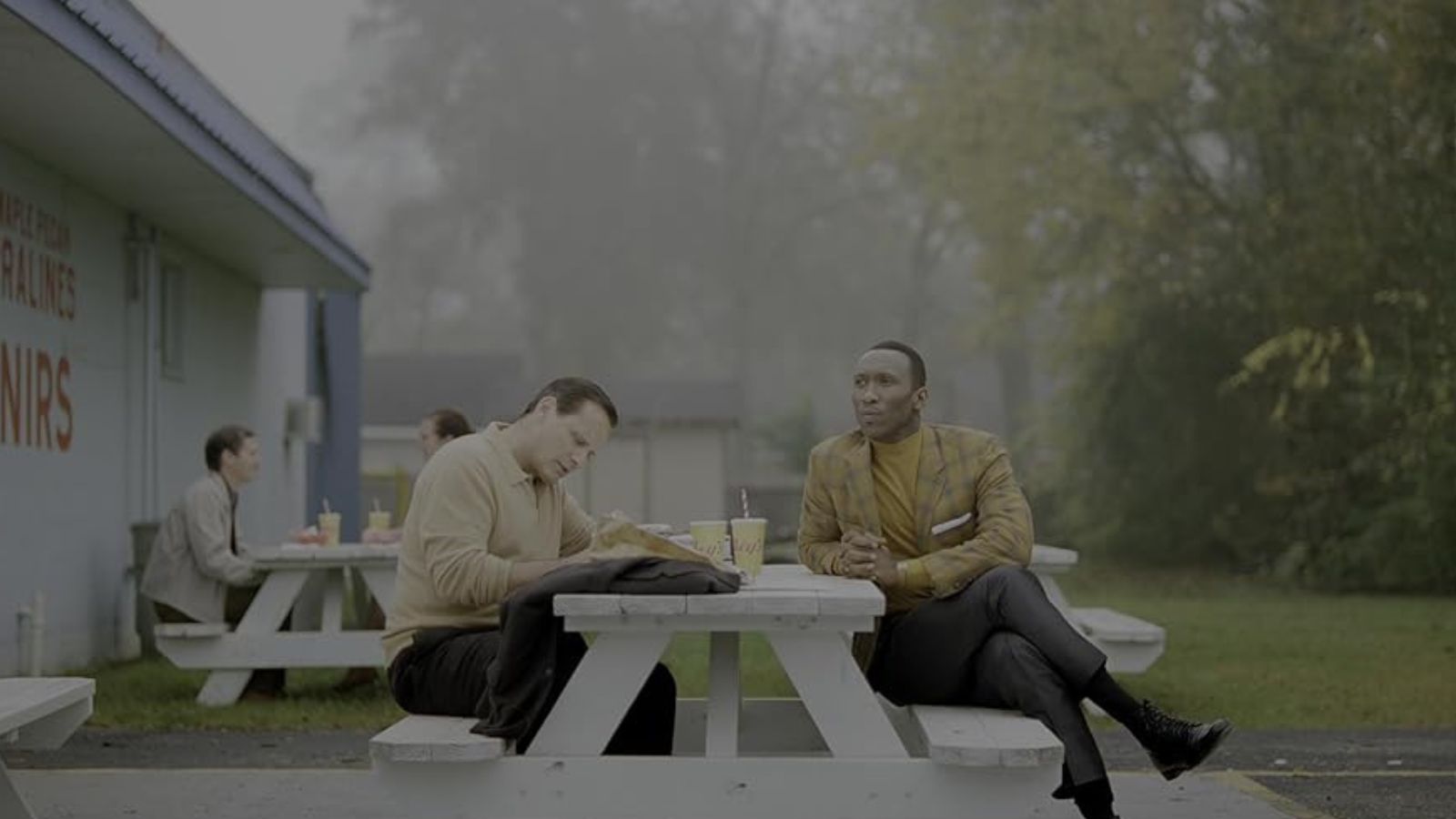
This movie performed well critically, focusing on a black musician and his white driver during the 1960s. It dives into racism and how even successful black people dealt with struggles at that time. Even though critics loved it, the same can’t be said for audiences. It was heavily panned for simplifying racial issues and focusing on the white character’s own redemption arc rather than the struggles that people went through in that period.
Dangerous Minds
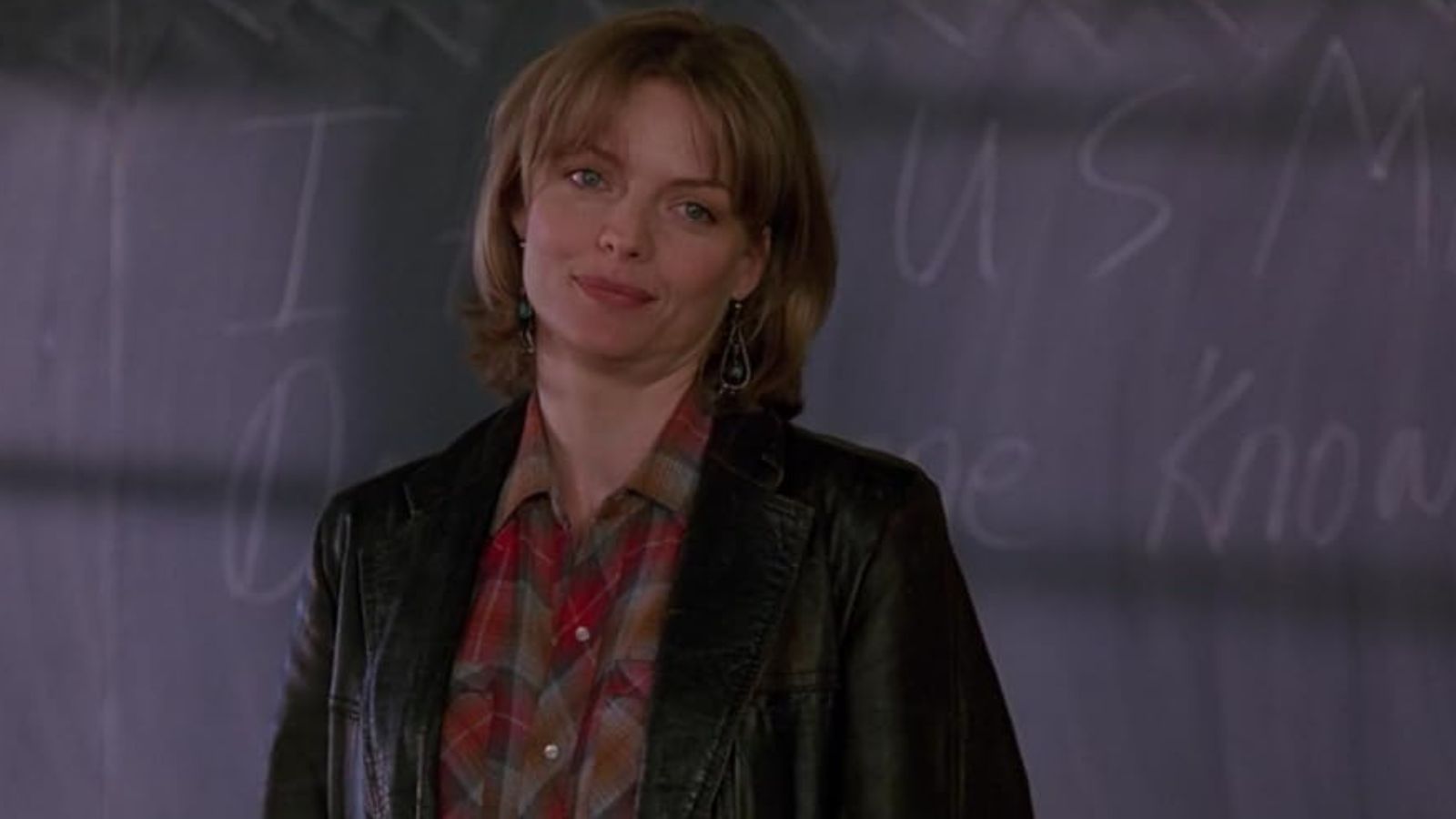
Dangerous Minds features Michelle Pfeiffer as a former Marine turned inner-city teacher who connects with her minority students through methods people wouldn’t consider appropriate. But the plot focuses more on the teacher than anything else, and that’s where the white savior focus takes place.
To Kill a Mockingbird
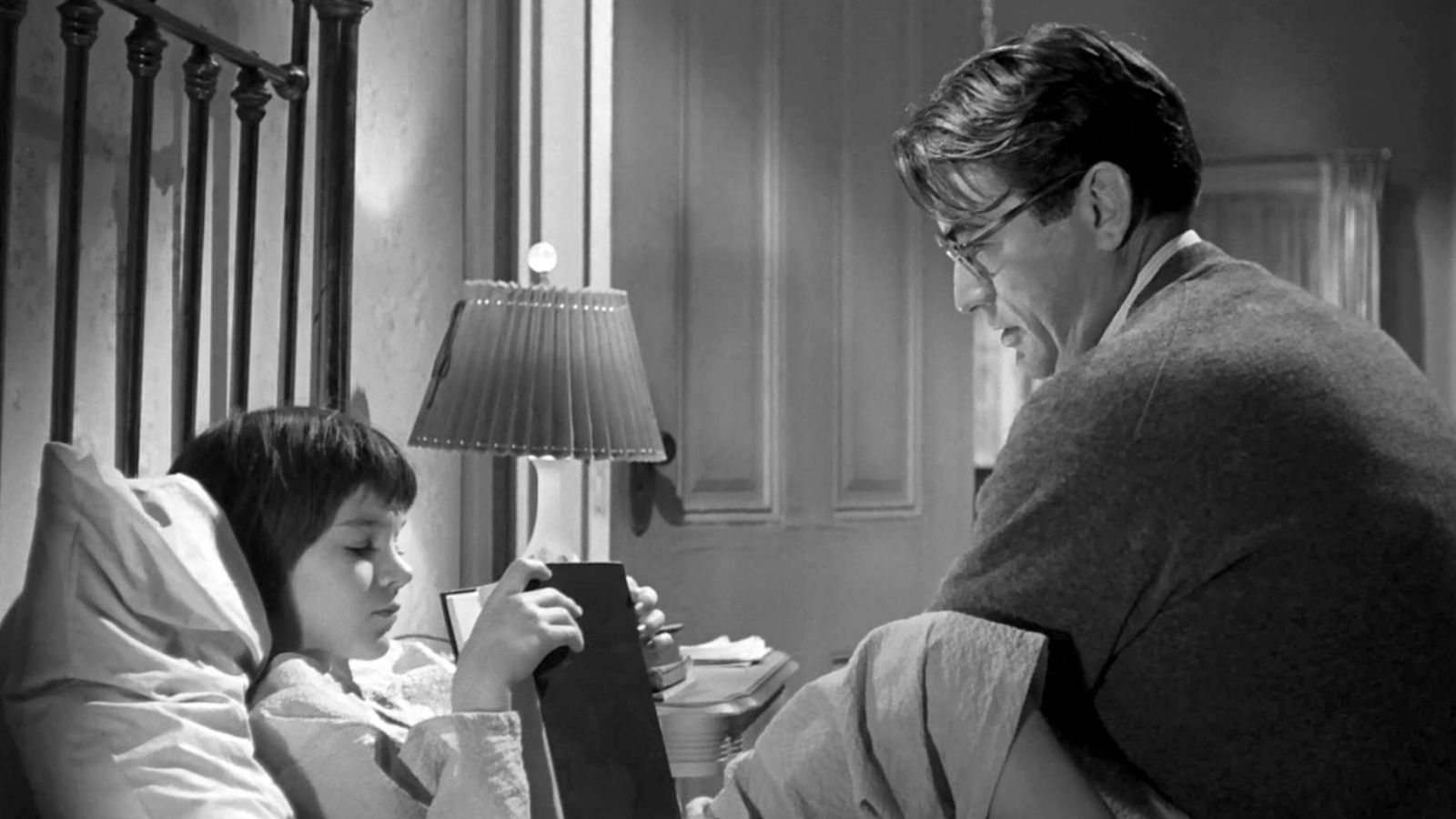
Many might consider To Kill a Mockingbird a classic, but it has come under fire in modern times because of the white savior trope. It’s seen as one of the earliest examples of this being used in cinema. Despite wrongfully accusing a black man, Atticus Finch is pushed as the hero, mainly because he’s a white character.
Gran Torino

Clint Eastwood’s Gran Torino features a racist veteran who redeems himself by saving his Hmong American neighbors. The film’s attempt to address racism is undercut by its focus on the white character’s transformation rather than the experiences of the Hmong community, not telling the message that it thinks it is.
Django Unchained

Quentin Tarantino is never afraid to push the boundaries; he certainly did that with Django Unchained. It has long avoided the white savior trope, and by giving Jamie Fox’s character power, there’s an element of that. But there’s still a white role that significantly impacts what Django is trying to achieve.
Amistad
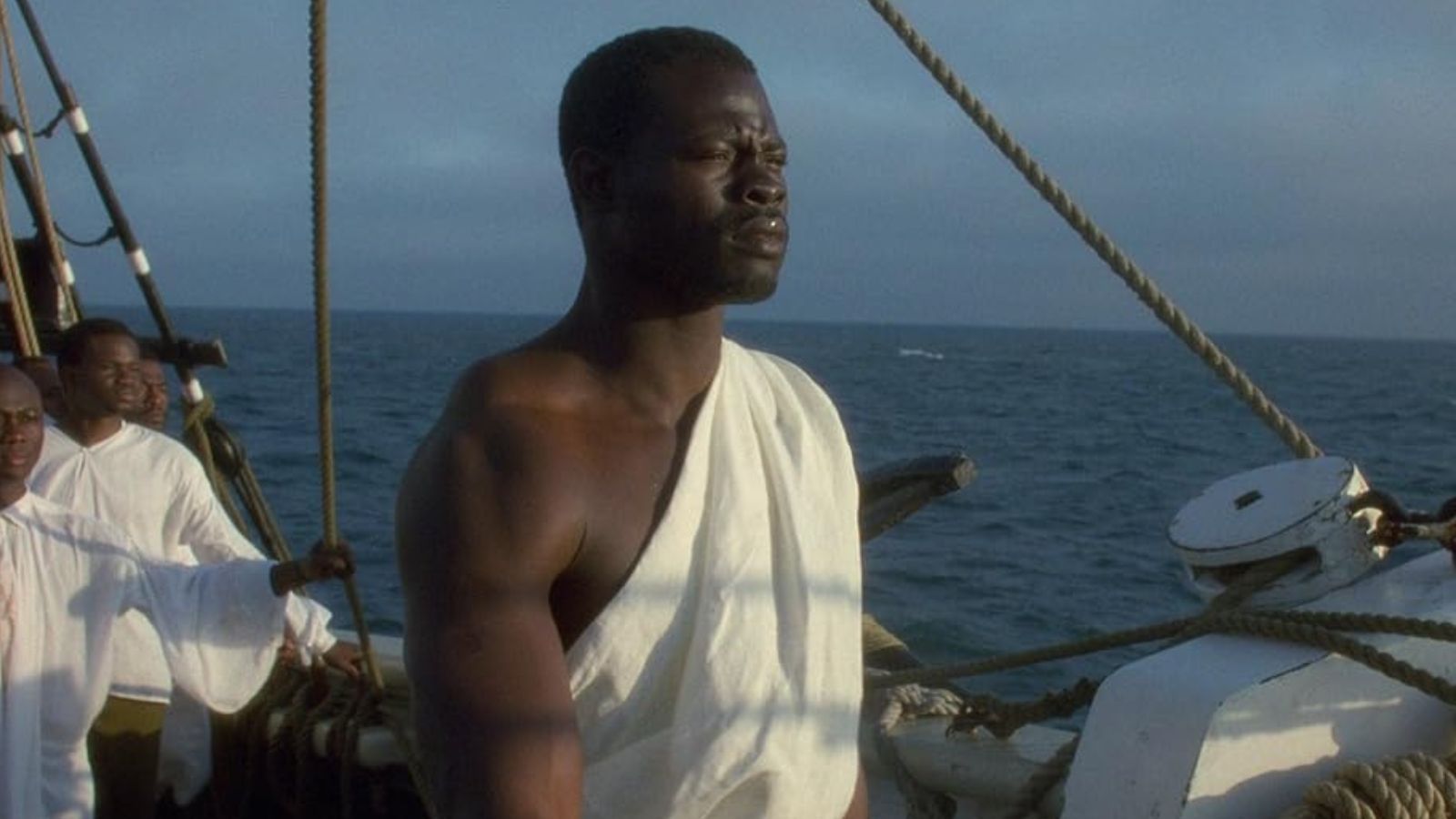
Amistad tells the story of a mutiny aboard a slave ship and the subsequent trial. Despite its focus on slavery, the film centers on the efforts of white characters to free the enslaved rather than the experiences and resilience of those who were enslaved themselves. It’s a missed opportunity to tell an even more powerful story that could’ve been rooted in realism and honesty.
12 Years a Slave
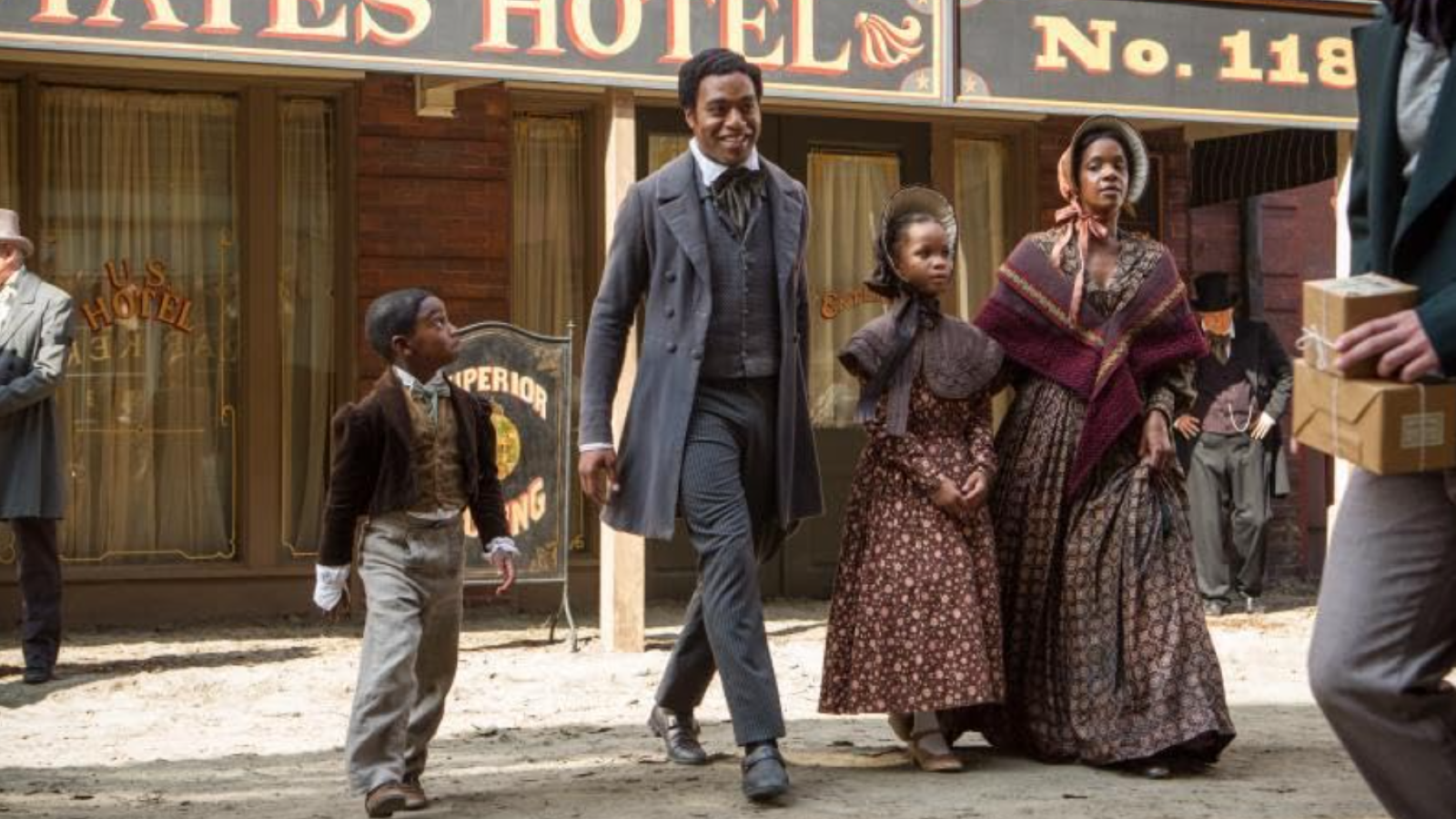
12 Years a Slave received critical success due to the brutal honesty of the story about the slave trade. It’s a movie that forces incredible emotions from people. But despite all the good work that takes place, it’s still a white character that leads to the freedom of the lead role. It pushes the white savior trope, which frustrates lots of viewers.
Hidden Figures
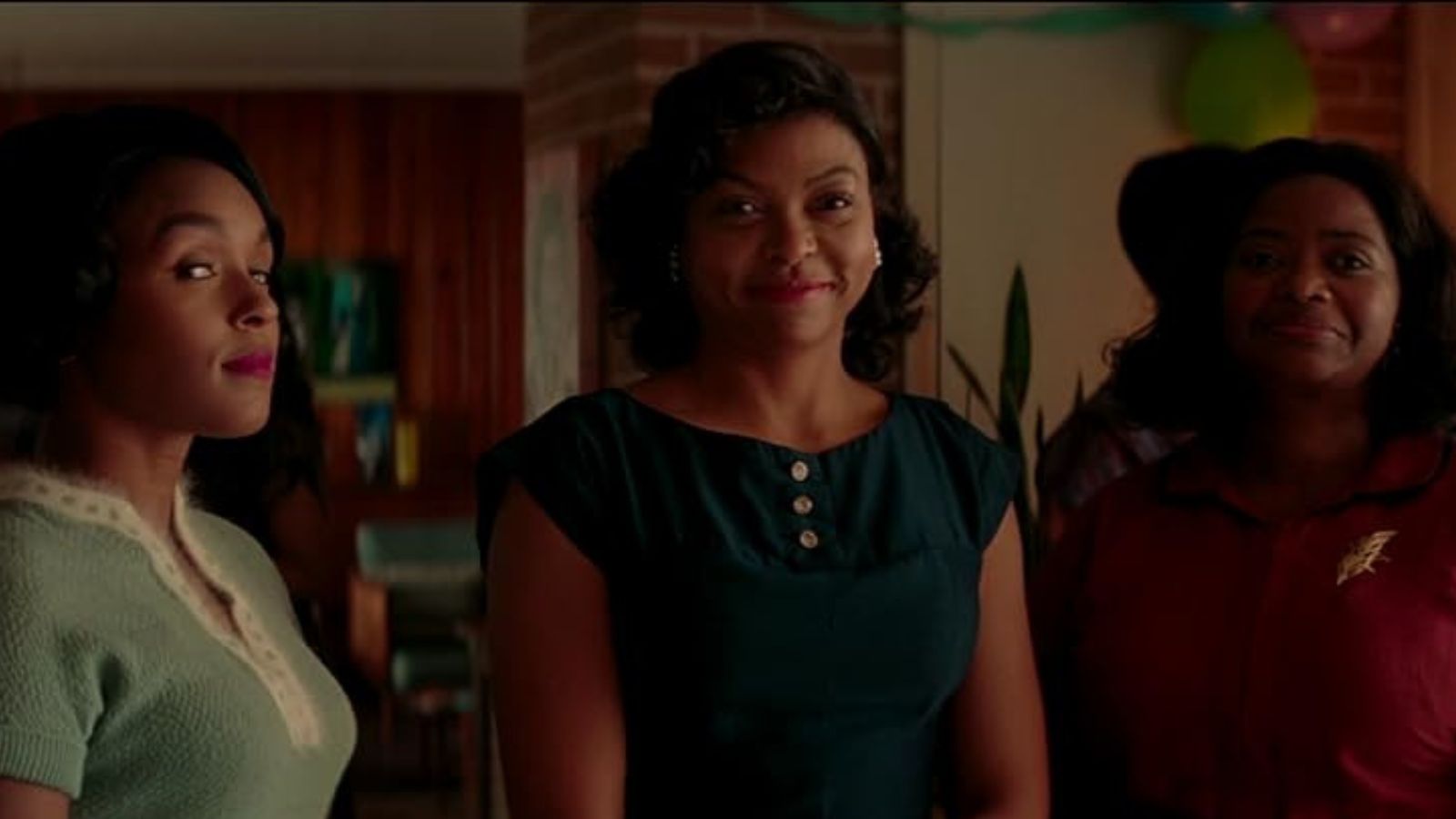
This movie is a true story based on black female mathematicians at NASA, which is a powerful message to be told. It promotes their achievements during that time, but there’s still a white savior narrative running throughout. White characters facilitate their success, which undermines the positive story that’s being told and can inspire others.
The Legend of Tarzan
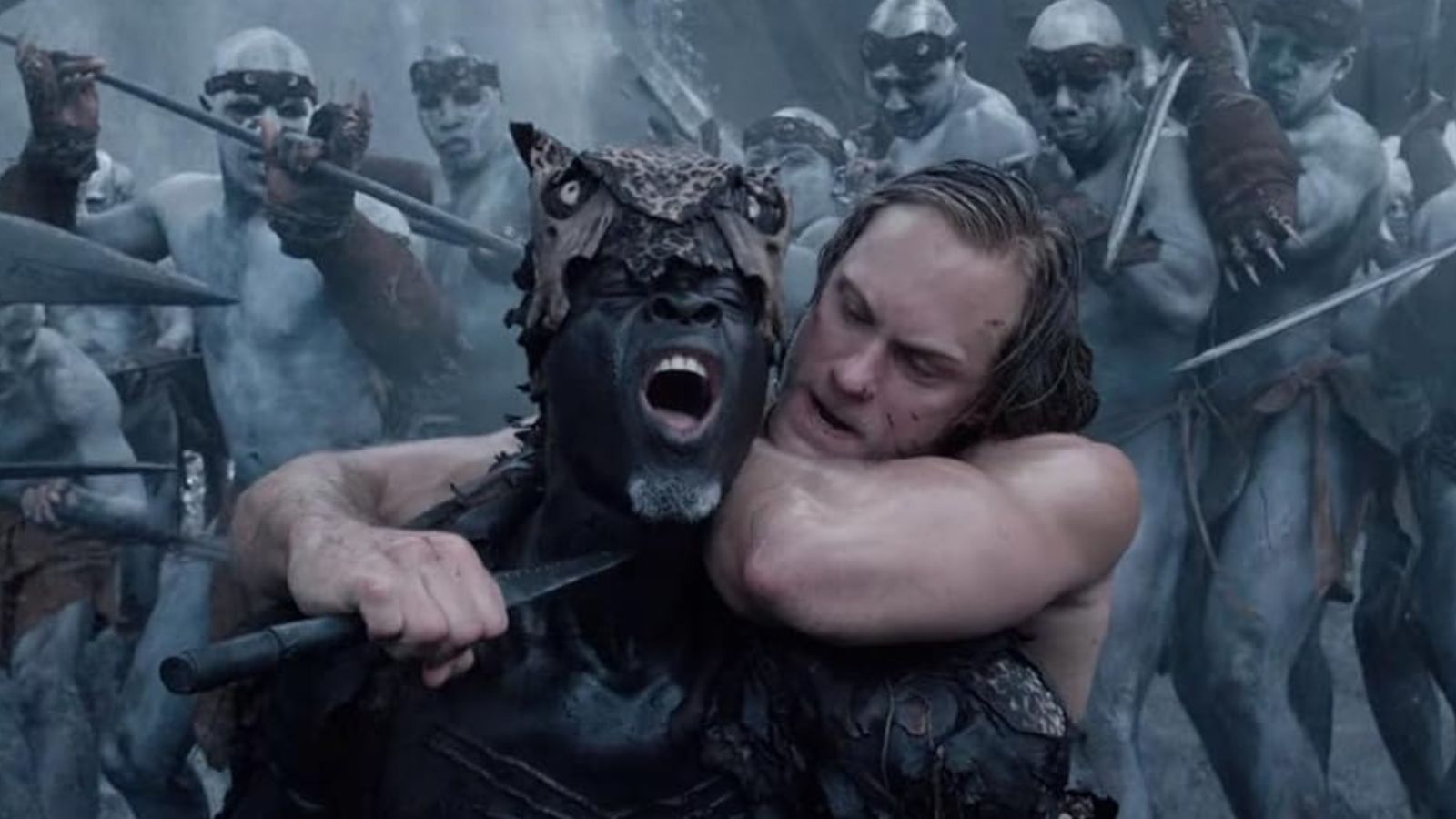
The classic story of Tarzan has been told in various ways. Still, this particular version has outdated narratives running through it. Even though the film tries to showcase different cultures, the idea of a white man being able to master life in the African jungle to then save everyone involved is a step too far.
The Matrix
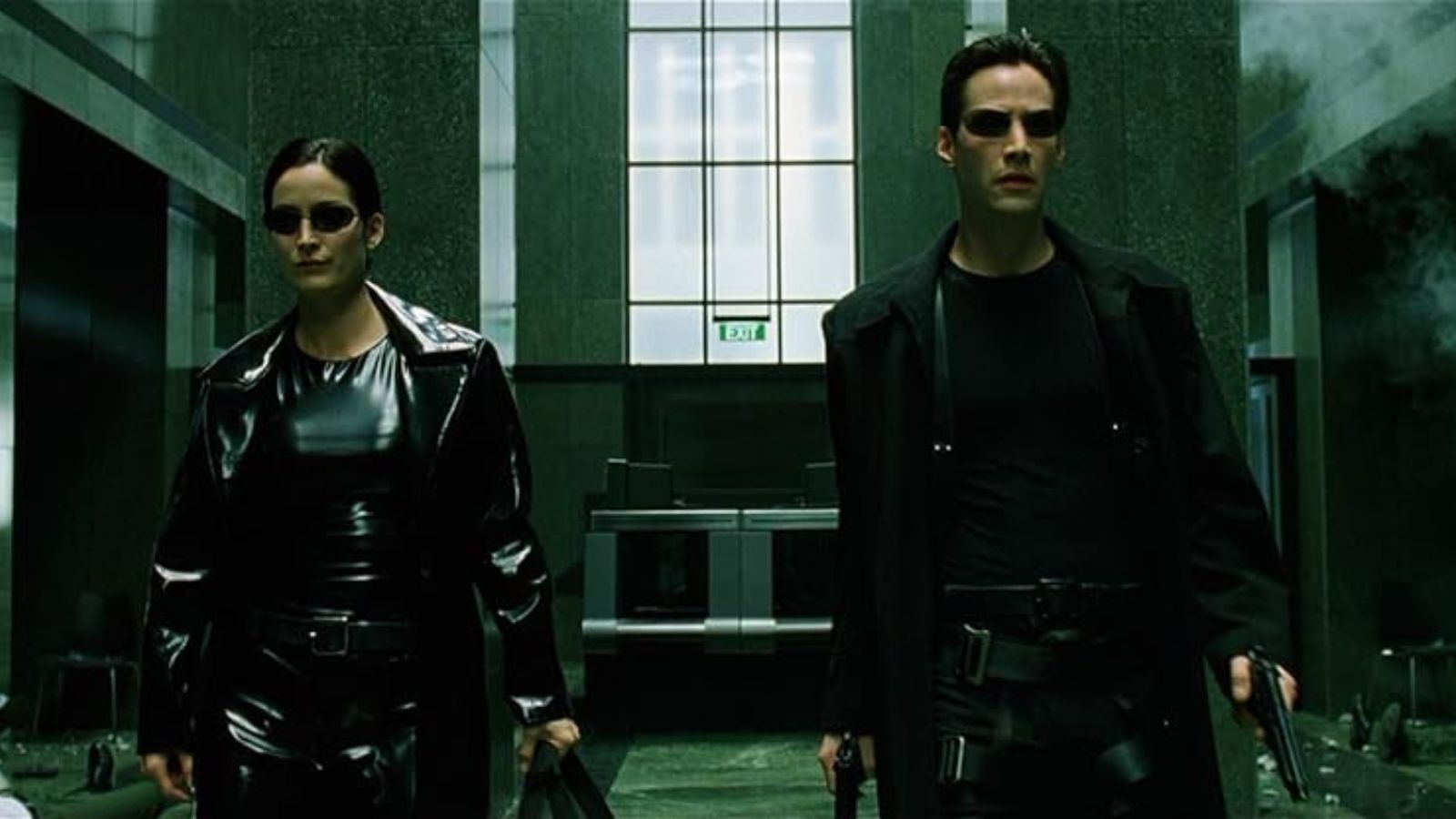
Typically seen as a brilliant sci-fi movie, The Matrix does feature a white protagonist who becomes the main figure in liberating humanity at the time. This type of white savior narrative is relied upon too often in cinema, and for a movie so far ahead of its time in many ways, this was one obvious negative.
Radio

Radio showcases a black man with mental disabilities being mentored by a white coach. Too much focus is placed on the coach here, making that character the real focus due to the coaching work they do rather than focusing on the struggles of what should’ve been the lead character.
Half Nelson

Hollywood has an obsession with creating movies where white teachers help others. Half Nelson sees the lead character become friends with a young black student, and he attempts to enhance his life by teaching him lessons. Ryan Gosling’s character is put in a stronger position just because of the color of his skin, which is problematic.
Atlantis: The Lost Empire

Even Disney movies cannot escape the white savior trope, which is problematic as these stories are focused on younger audiences. Atlantis: The Lost Empire might not be one of the most popular Disney films of all time, but it does feature a white savior narrative. For some reason, Disney positions Milo, a white academic, as someone who knows more about Atlantis than those who are actually from the area. This sets the wrong precedent, which hurts the film.
The Soloist

The Soloist is another movie that pushes a narrative of focus onto a white character. Its story follows a homeless black musician looking to change his life, which happens when a white journalist discovers them. The narrative then concentrates on the journalist and that journey, with the musician’s work becoming a side story, which was the wrong call.




